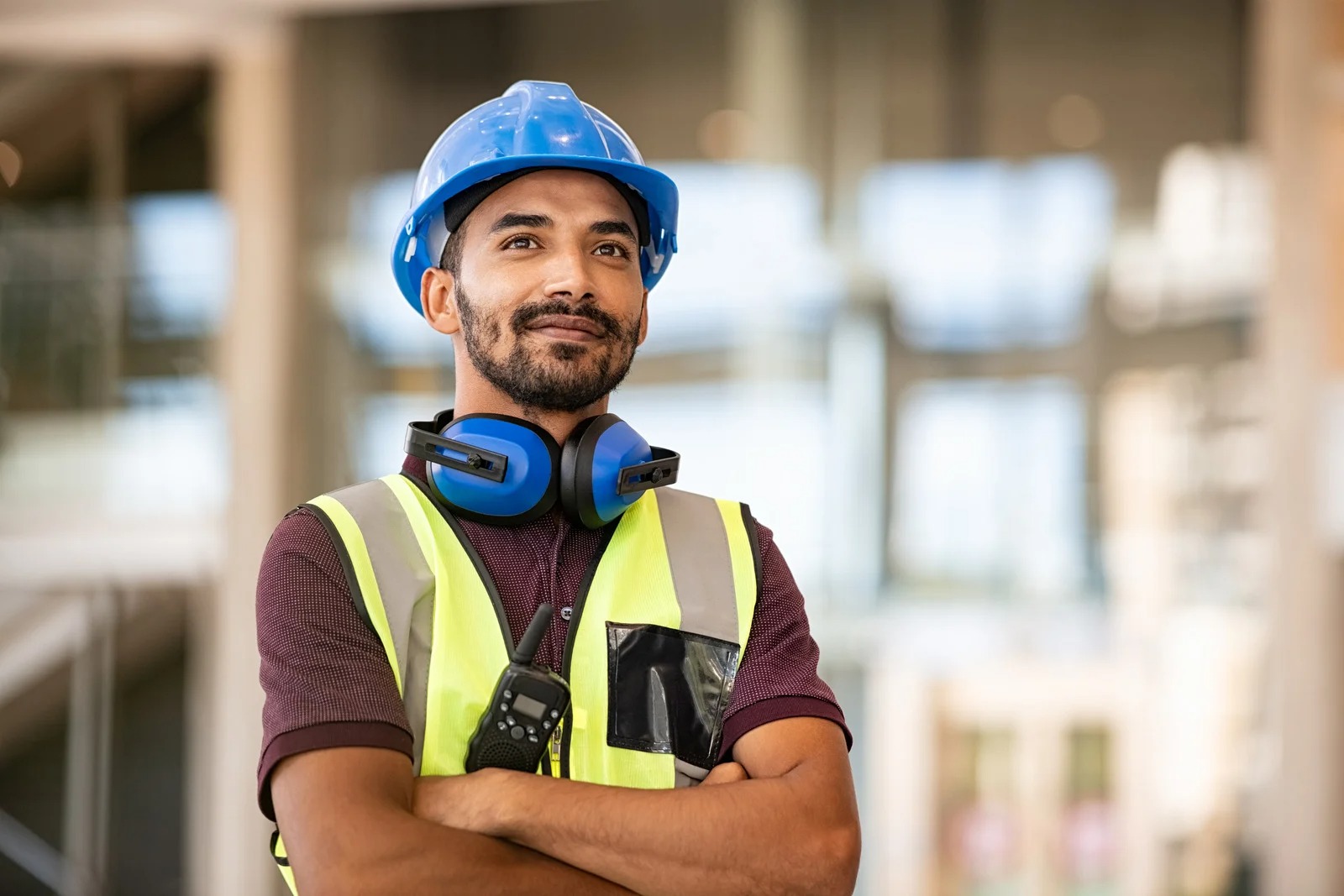Eye injuries are one of the most common workplace hazards in the construction industry, yet most are preventable. OSHA 10 training emphasizes the importance of using personal protective equipment, especially safety glasses, to reduce serious risks. Every year, thousands of construction workers suffer eye injuries caused by flying debris, dust, sparks, chemicals, and UV exposure. With proper OSHA-approved safety glasses, these accidents can be reduced significantly. Understanding OSHA guidelines, selecting the right eyewear, and promoting a safety-first culture at job sites are essential steps toward protecting workers.
The Importance of Safety Glasses in Construction Work
Construction sites are full of risks, and eye injuries can happen in seconds. OSHA 10 training highlights how protective eyewear can prevent severe accidents, from minor irritations to vision loss. By wearing OSHA-approved safety glasses, workers protect themselves from particles, sharp objects, and harmful substances.
According to recent OSHA workplace reports, over 20,000 eye injuries occur yearly in construction across the USA. Most of these cases involve debris, sparks, or chemical exposure. Simple compliance with safety eyewear rules can reduce these incidents and improve overall workplace safety.
OSHA Guidelines for Safety Glasses and Eye Protection
OSHA safety standards under 29 CFR 1926.102 require employers to provide appropriate protective eyewear for workers at risk of eye injuries. These guidelines specify when and where safety glasses or goggles must be worn based on the hazards present.
OSHA 10 training explains PPE rules, including the selection of ANSI Z87.1-compliant eyewear. Workers learn how to recognize potential dangers, choose suitable glasses, and ensure proper fit to maximize protection. Compliance protects both workers and employers from accidents and penalties.
Common Construction Site Hazards That Threaten Eye Safety
Construction sites expose workers to numerous hazards. Flying particles from cutting and grinding, chemical splashes, sparks from welding, and UV rays from outdoor work are among the top causes of eye injuries. OSHA hazard prevention training teaches workers how to avoid these risks.
Recent OSHA reports show that inadequate eye protection is a leading cause of severe workplace accidents. By addressing these hazards through OSHA 10 training, construction teams can implement better safety practices and reduce injury rates significantly.
Types of Safety Glasses and Eye Protection for Workers
Safety eyewear comes in multiple forms, and choosing the right type is vital for specific tasks. Standard safety glasses protect against dust and light debris, while goggles provide a tighter seal for chemical or splash-related hazards. Face shields offer an extra layer of protection during heavy-duty tasks.
OSHA recommends selecting eyewear based on the work environment. The table below summarizes the most common types and their uses:
| Type of Eyewear | Best For | OSHA Approval |
| Standard Safety Glasses | General construction work | ANSI Z87.1 |
| Safety Goggles | Chemical splash protection | ANSI Z87.1 |
| Face Shields | Grinding, welding, cutting tasks | ANSI Z87.1 |
| Tinted Glasses | Outdoor UV protection | ANSI Z87.1 |
Best OSHA-Approved Safety Glasses for Construction Workers
Choosing OSHA-approved safety glasses ensures compliance with federal workplace standards. Look for ANSI Z87.1 certification, which guarantees tested protection against impact, debris, and UV rays. High-quality brands design eyewear with anti-fog, scratch resistance, and side-shield protection for enhanced safety.
OSHA-approved safety glasses reduce the risk of workplace incidents and help workers stay compliant with construction safety training requirements. Employers should always verify certifications before purchasing safety equipment for their teams.
How to Choose the Right Safety Glasses for Your Job
Selecting the right eyewear depends on job conditions. For outdoor tasks, tinted or UV-protected glasses are ideal. For indoor construction, clear anti-fog glasses work best. OSHA 10 training provides guidelines on how to match safety eyewear with specific job roles.
Workers should also consider lens durability, comfort, and additional features like side shields or anti-scratch coatings. Ensuring proper fit prevents dust or debris from entering and guarantees full protection during hazardous tasks.
Prescription Safety Glasses: What Workers Need to Know
OSHA allows workers to use prescription safety glasses, but they must meet ANSI Z87.1 compliance standards. Workers can choose prescription-ready frames or wear over-the-glasses safety goggles for full eye coverage.
Prescription eyewear improves comfort and vision accuracy, reducing fatigue and increasing safety. Employers should encourage employees to use compliant lenses and ensure regular inspections to maintain OSHA eye protection standards.
Building a Strong Eye Safety Program at Construction Sites
Employers play a critical role in promoting eye safety. A successful OSHA-compliant safety program includes training, proper PPE distribution, and continuous monitoring of site practices.
Incorporating OSHA 10 certification into workplace policies helps educate employees about hazards and proper protection. Regular safety audits and employee feedback ensure long-term compliance and improved safety culture.
Tips to Encourage Workers to Wear Safety Glasses Consistently
Some workers resist wearing safety glasses due to discomfort or lack of awareness. Employers can promote compliance by providing comfortable eyewear, conducting awareness sessions, and enforcing OSHA safety guidelines.
Incentive-based programs and practical demonstrations during OSHA training also improve participation. A proactive safety culture significantly reduces workplace accidents and boosts overall team productivity.
Final Thoughts on Safety Glasses and OSHA 10 Training
Eye injuries are preventable when proper safety practices are followed. OSHA 10 training plays a vital role in educating workers about eye protection and overall site safety.
Choosing OSHA-approved safety glasses, promoting workplace compliance, and building strong safety programs ensure long-term protection for construction workers. Investing in quality eyewear protects not just vision but also livelihoods.
FAQ
1. What is OSHA 10 training used for?
OSHA 10 training educates workers on workplace hazards, safety procedures, and compliance with OSHA safety standards.
2. Who needs OSHA 10 training?
Construction workers, general industry employees, and entry-level professionals often need it for job safety and compliance.
3. How long is OSHA 10 certification valid?
OSHA 10 certification does not expire, but some employers may require renewal every five years.
4. Can OSHA 10 training be done online?
Yes, OSHA-authorized providers offer OSHA 10 online training for both construction and general industry.
5. What topics are covered in OSHA 10 training?
It includes hazard prevention, PPE, fall protection, electrical safety, and OSHA workplace safety standards.






